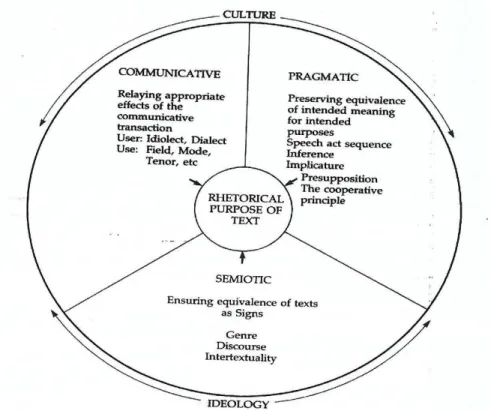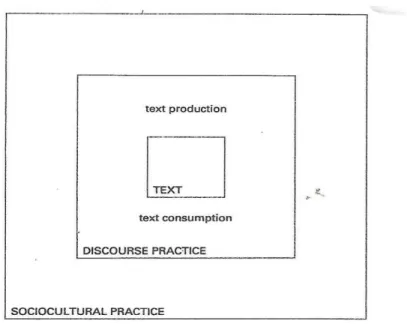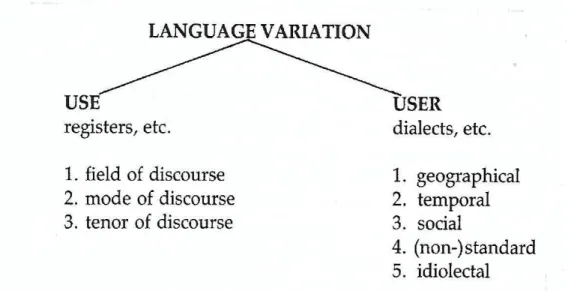The first part of the study provides the reader with a thorough analysis of Thompson's argument regarding addiction. Thompson's first book was published in 1997 under the title The End of Time: Faith and Fear in the Millennium Shadow. The phenomenal success of The Fix boosted Thompson's career, as evidenced by the fact that the author has since written a plethora of articles on addiction and addicts.
In the following section, we provide the reader with additional information about the theme of the book and the criticism that Thompson's work received from both readers and critics.
The Theme
The intimate relationship between addiction and consumerism is one of the macrothemes of Thompson's text. The focus is on Damian – the addict – rather than Thompson – the perpetrator; a text feature that facilitates reader identification. One can easily discern the advertising quality of the author's discourse due to his deliberate and direct orality.
This subversion on the part of the author demonstrates the witty character of the text; a feature that further enhances the value of Thompson's work.

Reception
Most of the images used come from the world of media, especially the world of the screen. He is mainly accused of oversimplifying the nature of addiction; a question arising from the fact that he is talking about a matter in which he has no relevant expertise. Thompson points to the fact that he does not adequately address the importance of genetic factors in terms of an individual's propensity for addictive behavior (Gold 2012).
As for ruling out a genetic factor, he also got an answer.
Concluding Remarks
The concept of co-production that permeates the author's effort is another element that justifies the appeal of his views and the success of the book on an international basis. It takes advantage of the visual and narrative quality of journalistic discourse to convey its message in a compelling way to the target audience. In terms of translation, the information presented in this chapter is essential as it provides the translator with a thorough inspection of the author's rhetoric and intentions.
As the study shows in the following chapters, the role of discourse used and the way in which information is organized is essential for the production and understanding of the author's message.
TRANSLATING THE FIX: A COMMUNICATIVE READING OF THOMPSON’S WORK
Introduction
In reproducing the message of a text in the target language, the translator makes an effort to recreate the meaning in a way that is equivalent to that of the source and that matches both the author's intentions and the audience's expectations. Last but not least, Herman's (1996) idea of the translator's voice complements the communicative perspective adopted by justifying the deliberate silencing of the translator's involvement in the transmission of messages on the computer. Herman's approach to cross-cultural communication encourages the translator to accommodate different aspects of the target language text on the basis of effective human interaction that promotes continuity and facilitates understanding.
The interpretation of The Fix's translational analysis in this section reflects the translator's concern to produce a text as communicative as Thompson's work and which effectively engages the Greek target reader in the gossip rationale that permeates the original.
Hatim and Mason’s Approach to Translation
By 'appropriateness' we mean "the closest possible approximation to the meaning of the source text" (Hatim & Mason 1997: 8). The translator's attempt to stay close to the discourse of the original is also evident in the translation of the slang term moving as που πίνει μονορούφι. These discrepancies regarding transliterations do not indicate a lack of consideration on the part of the translator.
The use of the Greek diminutive μανούλα further emphasizes the meaning that exists in the original. The translator explains the meaning of the original, but the use of the idiolectic expression φάει κόλλημα adds meanings related to obsessive behavior. This is due to the challenge that the translation of the phrase presented to the translator.

Addictions 4
It is the disparity in expectations and conventions that determines the translator's choices in considering the response of the target audience. The Greek reader is not familiar with reading about addiction in such a loose and oral way as that promoted by Thompson. Imitating the simplicity of the writer's logos would make the implied Greek reader resistant to the message presented because he/she is not used to reading about addiction in such broad terms.
This is an outcome that is at odds with the original author's intentions and the kind of relationship he is striving to establish with his intended readership. Therefore, the translator's intervention can be justified on the basis of generic and intertextual influences exerting on the type of discourse used in the target version. It is the aim of equivalence between source and target that gives prominence to the transmission of effects that the author's language and argumentation ultimately have on the implied reader.
Before moving on to the analysis of concrete examples and comparing the choices made in the English and Greek texts, we will refer to the importance of the concept of dependency at a thematic level in relation to Thompson's text, in order to determine the dimensions that interest the translator in relation to the act of reproducing the impact on the target audience. The table below shows how often the word addiction and its derivatives appear in the first chapter of the book. The findings of the table are indicative of the important place that dependence has on the development of the rhetorical purpose of the text.
Addictive 20 Non-addictive 1
Fairclough’s Critical Discourse Analysis
Fairclough projects the importance of the semiotic dimension of a text to explore the dialectical relationship between language and society. The semiotics of the text is therefore used to examine the full communicative meaning of an utterance. In the paragraphs that follow, we will try to trace the choices made on the part of the translator that reflect the editorial tabloid tension that underlies the original and the way it is exploited by the author as a means of resonating of his argumentation to the intended audience.
These notions form Fairclough's working assumption that "any piece of text will simultaneously represent, posit identities and establish relationships" (Fairclough 1995: 5). The translator is here called upon to translate Thompson's words in a way that corresponds to the ideology that shapes the author's linguistic practice. Regarding the question of identity, the author speaks from the point of view of an expert/insider who can tell.
The tabloid discourse of the original gives the writer the freedom to formulate his behavior on the basis of the goals he aspires to fulfill at different times. However, it is the force and declamatory value of the words chosen in the original that instills in the reader. In fact, let's get this point out of the way at the beginning of this book.
The translator exploits the particular nature of Thompson's speech and arguments as expressed through loaded language (eg countless, self-destructive, have failed) and expands their impact to recreate the tabloid nature of the original. Overall, the different roles the author possesses throughout his narrative of addictive behaviors determine the language he uses and, consequently, the choices made by the translator in her attempt to recreate the multi-functional and democratic logos of Thompson's text.

Herman’s Notion of the Translator’s Voice
Thus, Hermans positions himself in favor of the complete assimilation of the translator's voice with that of the author on the basis of promoting unhindered communication. In the examples given, we will analyze some of the cases where the translator's discursive intervention aims to facilitate understanding, however, without making this clear to the target reader. The choice made by the translator aims to ensure that the intended equivalent allows for an adequate translation of the original utterance that matches the meaning and conclusion intended by the author.
Furthermore, the use of such further underlines the author's negative evaluative mood regarding said discoveries. Therefore, what the translator achieves is to give the impact of the original to the target audience as naturally and smoothly as possible. A similar case of interference is encountered in example 20, where the translator prefers καταναλοτική τουρίδα as the lexicalization of the term Stop and Go impulse.
The Greek option is actually a paraphrase of the English term that functions as a superordinate in relation to the phenomena described by the author in the following paragraphs. 12 The term occurs for the first time in an earlier paragraph of the original text and is translated as Διαταραχές Ελέγχου των Παρορμήσεων. More specifically, rednecks is a derogatory term that refers to poor whites living in the southern part of the United States.
In order to preserve the meaning of the original, the translator is called upon to go beyond the lexical meaning of the words used in the original and convey the essence of Thompson's words. Herman's theory of the translator's voice fits with the aim of recreating the immediacy that characterizes the English text.
Concluding remarks
CONCLUSION
In any case, the translator's intervention is difficult to trace due to the emphasis placed on transparency and straightforwardness of the textual interface. The conclusions drawn regarding Thompson's work underline the dual status of the translator as receiver and producer of textual meanings during the transfer of messages from source to target culture. The current study exemplifies the cross-cultural and cross-linguistic awareness required to anatomy the intricate array of meanings and structures that define textual argumentation.
The translator's mission was to mediate between the different contexts and to find the means suitable to stifle interference and infuse power into a text that originated in and was destined for a different audience. The status of the communicator emerged as the perfect conceptualization of the translator's role in relation to the act and the end product of re-rendering concepts as a way to bridge the gap between separate realizations of the human world. On Thompson's The End of Time: Faith and the Fear in the Shadow of the Millennium”.
Is the disease model an easy way out?” The solution: addiction and recovery, straight ahead”.
SOURCE TEXT
TARGET TEXT
CUPCAKES, IPHONES ΚΑΙ VICODIN
